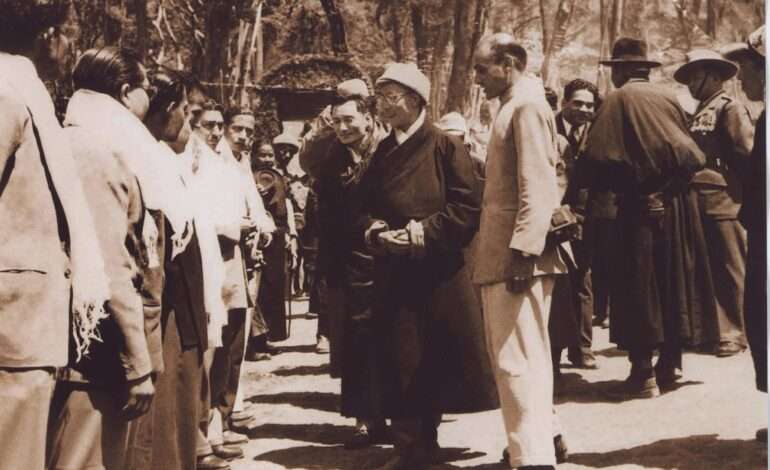
The Dalai Lama’s epic exile and Tibet’s spiritual survival
Sixty-six years after his dramatic escape from Tibet, the 14th Dalai Lama remains a global icon of peace, compassion, and cultural resilience. Disguised as a soldier, Tenzin Gyatso fled Lhasa on March 17, 1959, following China’s brutal crackdown, beginning a 14-day journey that brought him to India, where he has lived in exile ever since.
Now approaching his 90th birthday on July 6, the Dalai Lama continues to advocate for human values, religious harmony, and the preservation of Tibetan culture — a legacy he traces to India’s ancient Nalanda tradition. His new book, In Voice for the Voiceless, recounts his personal journey and Tibet’s continuing struggle under Chinese rule.
Forced into leadership at a young age — he was 16 when China invaded Tibet — the Dalai Lama met Chairman Mao at 19, and by 25, he had become the face of the Tibetan resistance in exile. After briefly residing in Mussoorie, he moved to Dharamsala in 1960, laying the foundations for the Tibetan government-in-exile.
While Beijing labels him a “separatist,” millions consider him a “living Buddha.” In 2011, he voluntarily relinquished political authority, ending a 369-year-old tradition and empowering a democratically elected Tibetan leadership.
As Tibetans prepare for the 15th Tibetan Religious Conference on July 2 in Dharamsala, speculation continues about whether he will leave instructions for his reincarnation — possibly in India.
Despite decades in exile, his dream of returning to Tibet remains alive. “China is changing,” he says, expressing hope for reconciliation.
To his followers, he is not only a spiritual leader but also a symbol of peaceful resistance and cultural survival — qualities that many believe deserve India’s highest civilian honor, the Bharat Ratna.